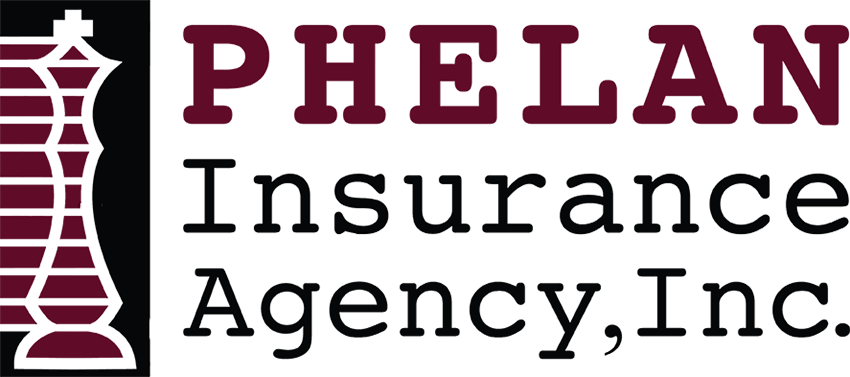The process of maintaining family ownership of a farm can be difficult to navigate when the current owner or operator considers retirement. Studies show that less than 33% of family-owned businesses—farms included—survive the transition from the first generation to the second. Furthermore, only half of those surviving businesses make it through to the third generation.
Succession planning must be done well before you decide to retire in order to avoid risks that lessen the farm’s chances for growth. Establishing a succession plan will also help you understand the desires and vision of the successors.
Plan an Initial Family Meeting
The first step in succession planning is to hold a family meeting to discuss how each member wants to be involved in the future of the farm. The meeting should be carefully planned so it runs smoothly, achieves what you set out to do and allows everyone to openly share his or her feelings.
Arrange to have the meeting in a neutral location—avoid holding it at someone’s home where there is an underlying power structure that could hamper other attendees from speaking honestly. If the farm has an office, meet there, or find somewhere neutral in the community.
Who Should Be Involved?
It’s up to you to invite the right people to the meeting. You can choose to only invite the farm’s current and potential decision-makers, but it may be a good idea to invite family members who are not involved in the farm. They could offer an unbiased opinion. Regardless of whom you do or do not invite, the meeting should have a facilitator. The facilitator can be a non-farming family member, your accountant or anyone who is not involved in the farm operations and does not have an opinion on the succession. He or she should help guide the meeting and keep your family in harmony.
A solid plan will help maintain focus and address the goals of the current and future farm owners.
During and After the Meeting
Make the most of your meeting by establishing ground rules, setting an agenda and sticking to it. If you encounter a disagreement, confront the issue, evaluate solutions and ensure that everyone feels comfortable enough to talk honestly.
Before your first meeting is over, plan for the next one. Schedule a time and place, and decide what you’ll be discussing and what steps need to be taken before then.
Designing a Plan and Evaluating Your Assets
After the initial meeting, it’s important to design a plan for transferring ownership. A solid plan will help maintain focus during the succession process and address the goals of the current and future farm owners.
Creating your plan is an opportunity to take stock of your property and assets. Gaining a clear picture of your farm will make this whole process easier, and the earlier you do this, the more helpful it will be.
We Are Here to Help
When the ownership of your farm changes hands, feel confident that your farm and family are taken care of with a well-laid succession plan. Phelan Insurance Agency can provide you with tools and guidance to help kick-start your planning efforts and ensure the viability of your farm for future generations. Contact us today to get started.
© 2014 Zywave, Inc. All rights reserved.
